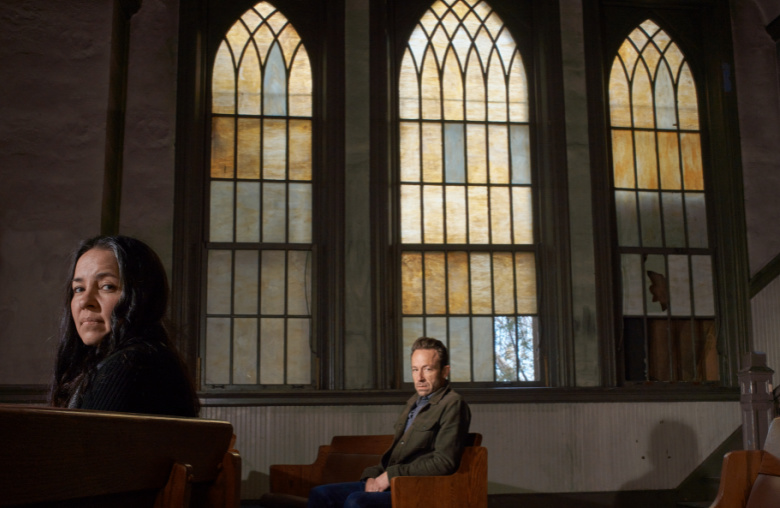Homeschooled in a strict Christian household in western Maryland, Laura Parks* would murmur to herself “thank you so much, God” when things went well; and “help me, God” when they didn’t. She huddled in prayer almost every night with her parents and five siblings, and remembers peeking out during prayers to catch the eye of an equally curious brother or sister grinning back. But once she was away from home to study at Princeton, a freshman year philosophy class and a friendship with a gay classmate began to tug at the threads of her tightly wound upbringing and the worldview she had inherited.
The next summer she gathered the nerve to tell her parents she no longer believed in God, and they refused to continue paying her university tuition. She spiraled into a major depressive episode.
“When I first left my religion, I felt quite isolated,” she said. “I started group therapy that helped me regain trust in a community. I used to gain a sense of calm from prayer and my Bible. Now I find it in other places.”
*Name altered at request of subject.
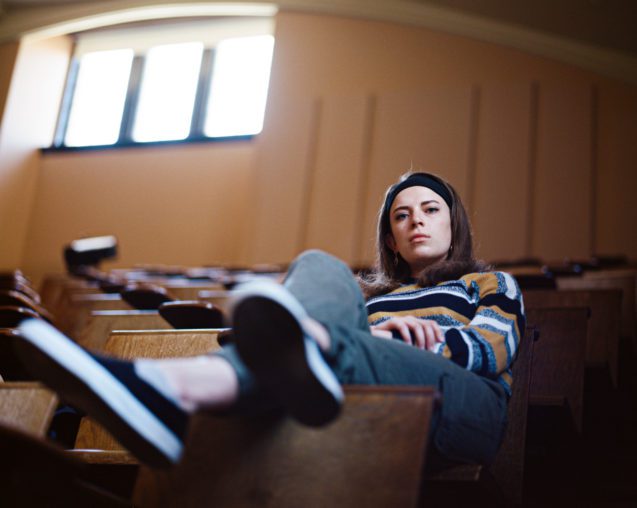
The doldrums of isolation—feelings now well known to many in the pandemic era—are especially heavy for anyone shunned by family and friends for choosing to shed their former beliefs.
This demographic has been steadily increasing in the United States. The most recent Pew Research Center survey of religious composition reveals nearly 30 percent of the U.S. is now religiously unaffiliated, and the ranks of self-described atheists and agnostics have almost doubled to 9 percent in the past decade.
Secularizing is an unusually bumpy ride when it involves leaving behind the familiar structures of a daily life governed by rules and conformity. Dr. Marlene Winell, a psychologist whose work was inspired by her own exit from fundamentalism, described the PTSD-like emotional and mental turmoil as religious trauma syndrome.
For Pesach Eisen, it was a “gradual exodus” from an Orthodox sect of Hasidic Jews in Borough Park, Brooklyn, but it was no less turbulent. “I left home because the person I turned into couldn’t exist in that environment. I needed freedom,” he said. “I lost my faith in religion and God. My family threatened me and tried to make me feel guilt and shame. I struggled financially. Making friends and dating was rough because I’d never spoken to a member of the opposite sex. I had to restructure my identity and moral system with therapy. Leaving an insular religious community is not for the faint of heart.”
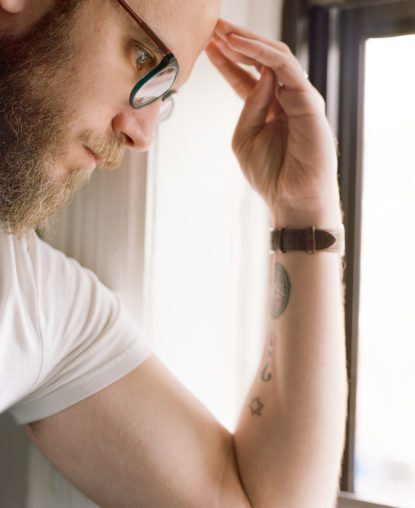
The internet allowed Eisen to compare notes and bond with other people on similar journeys, and it did the same for Delissa McAdoo. Initially she went online as a convenient way to worship. As streaming church services gained popularity, McAdoo traded the crowded pews of local “prosperity gospel” megachurches in Fayetteville, Georgia, for the comfort of watching from home.
“During this time, I started vigorously studying the Bible and other religions,” she said. “The more I dug in, the more I found I’d been lied to and brainwashed. The silver bullet was when I realized preachers were exploiting members for their own financial gain. This revelation made me sick. I was a member of a finance ministry teaching tithing to seniors and poor single mothers. I went into a deep depression because I’d been teaching a lie to people of limited financial means.”
In the heavily religious South, McAdoo, who is a small-business owner, found community and camaraderie with Black Nonbelievers, an Atlanta area non-profit founded by Mandisa Thomas* for “Blacks and allies living free of religion who might otherwise be shunned by family and friends.” There, she met Drai Salmon, a student at Spelman University whose views were shaped by witnessing similar misdeeds. Salmon had seen her grandmother struggle financially after donating large chunks of her retirement savings toward church renovations that never materialized as promised.
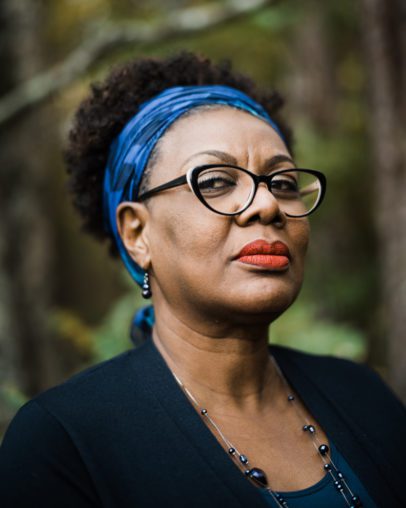
“I’ve received mixed reactions upon revealing I’m a staunch non-believer. While dining with a group of friends, I was cursed out. When I told my aunt, she became physically ill and lost her appetite. I’ve been a victim of ‘cancel culture’ with former church friends. Yet, I completely understand their actions because of the roles I’ve held in the church.” (All photos by Elijah Hurwitz)
The seeds of doubt for an apostate can take root in silence for a long time before curiosity and courage finally pry open a window. Neftaly Aldana, a former Jehovah’s Witness who spent nearly all his life within the border lines of the austere religion, says he always felt deep down that “something wasn’t right.”
But it wasn’t until his mid-forties, during a rough patch in his marriage and a visit with an estranged sister who’d already distanced herself from the church, that he finally put his faith under a microscope.
“When I got home from that trip, it was the first time I allowed myself to question my beliefs. I needed to know if what I believed was real or not. Within a week or so it all came tumbling down,” he said.
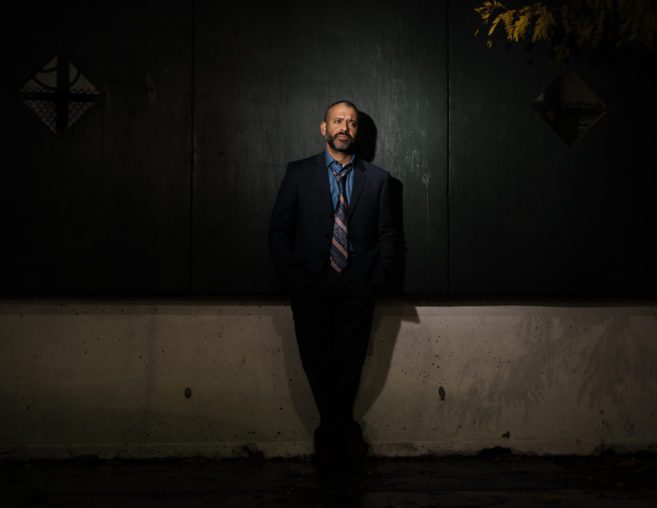
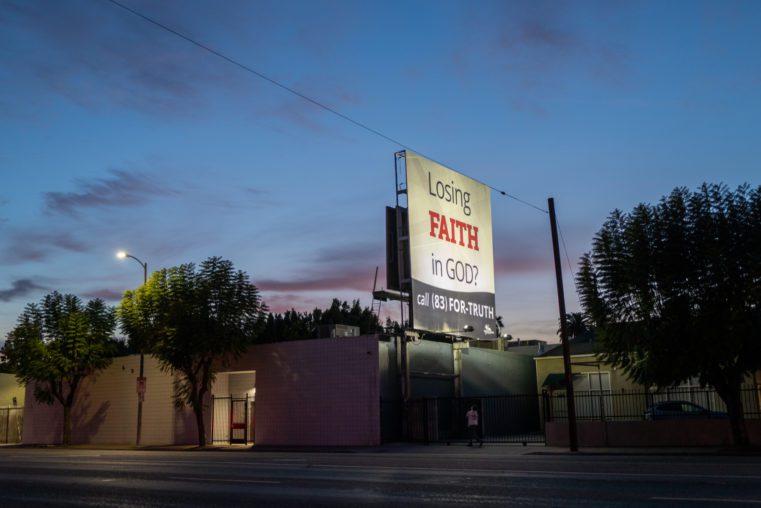
An afterlife of hellfire is an ever-lurking threat in many fundamentalist religions. The idea of a spiritual plane designed to maximize suffering might seem redundant when news headlines are filled with reports of mass death and sickness, climate catastrophes, toxic political polarization, gaping wealth inequality, and rampant conspiracy theories, but for someone raised under the guillotine of eternal damnation the concept is less abstract.
During Harley Hanchey’s teenage years in a Southern Baptist household, her fear of sinfulness was so great that intrusive thoughts and feelings of shame led to self-harm as a way to relieve the pressure.
“By the time I left, I was firmly atheist, and still terrified of hell,” Hanchey said. “For years the terror stuck around. The fear that I would suffer and burn when I died. Even after rejecting the hypocrisy, the fear is hard to shake. It took years, but I am so content with who I am now. I feel like a good person.”
Now raising three children in the rural township of Galien, Michigan, where she works as a mail-carrier, Hanchey allows her kids to choose their own beliefs, rather than prescribe them. Her youngest identifies as a Christian, while her oldest, Trent, identifies as an atheist, like her.
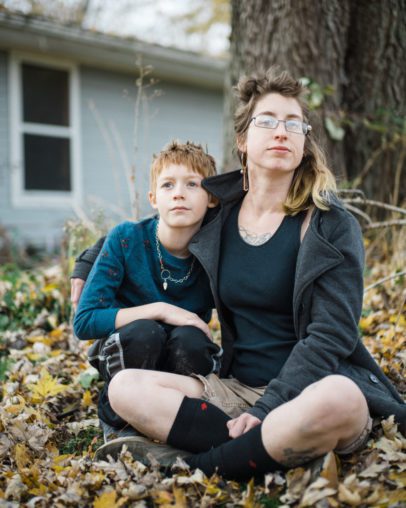
“There are a lot of microaggressions and intrusions on rights involved in being an atheist in America. If you’re like me and from a religious family, as a kid you lie and lie and lie and are scared a lot of the time.” (All photos by Elijah Hurwitz)
Torah Bontrager wasn’t given such a choice on the midwestern Amish farms where she grew up without electricity and English was only spoken as a second language. If she hadn’t escaped out a window one night as a teenager, she would likely have only received a rudimentary high school education from Amish teachers with limited educations themselves.
The Supreme Court ruled in the 1972 case Wisconsin v. Yoder that a parent’s freedom of religion outweighed the state’s interest in educating their child, opening the door for religious parents to homeschool their kids beyond the 8th grade.
Only Justice William O. Douglas—an appointee of FDR—wrote a dissenting opinion in the case: “On this important and vital matter of education, I think the children should be entitled to be heard. The education of the child is a matter on which the child will often have decided views. He may want to be a pianist or an astronaut or an oceanographer. It is the future of the students, not the future of the parents, that is imperiled by today’s decision.”
Bontrager’s views were decided enough that she risked everything to start over as a teenager. Hungry for a serious education and new opportunities, she went on to graduate from Columbia University in New York, and now lives in Harlem, where she works to help overturn Wisconsin v. Yoder.
“My life’s work is about making sure that not another American child is forced to escape in the middle of the night just for a chance to go to school,” she said. “Children are not property; they have inalienable rights and those rights need active protection.”
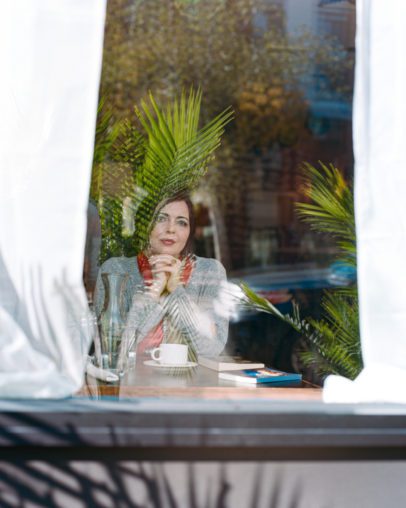
Adjusting to life after religious disaffiliation takes resilience and patience. Today Jana Fisher works as an artist-manager in Los Angeles, but she was raised in a family of evangelical ministers and likely would have followed in their footsteps if women were allowed to become pastors in her church. After attending college and experiencing bigger cities, she immersed herself in queer communities where she finally became comfortable with her identity and found a feeling of camaraderie she had missed since leaving church.
Fisher credits the “exvangelical” community on Reddit and podcasts like “Born Again Again” for helping her break old thought patterns, but she says it was the writings of outspoken atheists like Christopher Hitchens and Richard Dawkins that forced her to reckon with the idea of a godless world.
“To my surprise, I found the prospect devastatingly lonely. I found myself driving down a highway sobbing when I realized that I was in fact completely alone,” she said. “But confronting the absence of God pushed me to connect more deeply with other people. I believe we are all inherently worthy and capable of great good.”
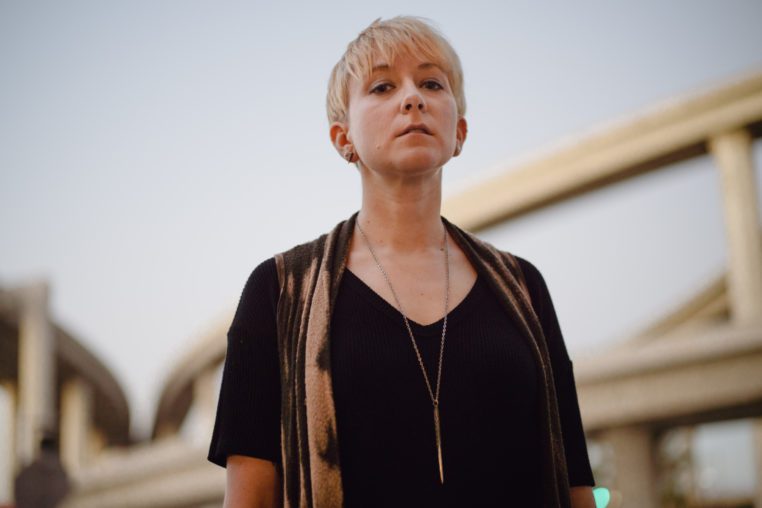
In the early 1900s, the German poet Rainier Maria Rilke veered from a Catholic upbringing and wrestled with his beliefs in various poems and letters. One of his famous lines, “Let everything happen to you: beauty and terror. Just keep going. No feeling is final,” reads like a mantra against despair, a reminder that existence drifts onward, and time can heal.
The pandemic years have tested everyone in surprising ways, with some believers even saying it strengthened their faith. But for a growing number of American non-believers, it is the cushion of new communities, trust in evidence-based science and self-care, and confidence in their rebuilt identities that propels them to “just keep going.”
Elijah Hurwitz is a photographer based in Los Angeles, whose work has appeared in The New York Times, The Washington Post, The Los Angeles Times, National Geographic, WIRED, The Atlantic, TIME, and Politico Magazine. Follow his work on Instagram and elijahsol.com.
*The article originally misstated the last name of Mandisa Thomas. It has been corrected.

